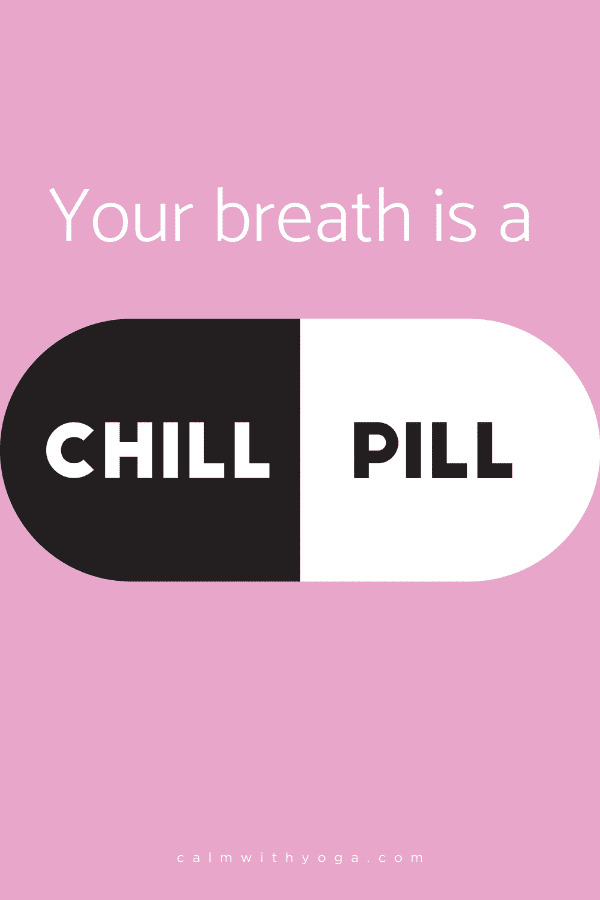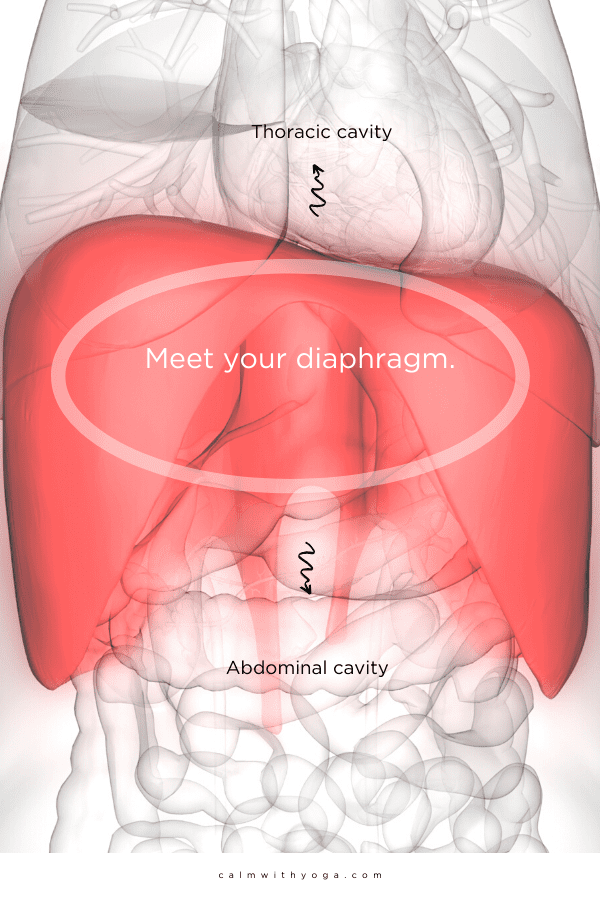Before you can take control of your mind, you must first calm it down. The fastest way to calm your mind, along with your body, is through slow and controlled deep breathing.
– Mark Divine, former Navy SEAL Commander, author of ‘Unbeatable Mind,’ & creator of Sealfit
Stressful situations are part of everyday life.
Often there’s little we can do to control them, and yet, we’re still impacted by them.
This can feel increasingly frustrating.
So what can we do to feel more in control during high-stress situations?
While we may only have limited influence over what happens in the external world around us, we do have the power to influence our inner world.
Your inner world includes your body and mind, your feelings and thoughts, your perceptions, beliefs, memories, and reactions.
The first point of entry into it is via the breath.
Correct breathing is one of the most powerful stress relievers we always have at our disposal.
Intentional and slow breathing exercises function as a much-needed reset button that helps us keep our cool in the midst of chaos…
Why your breath is nature’s ultimate chill pill:

Improper breathing is a common cause of ill health.
If I had to limit my advice on healthier living to just one tip, it would be simply to learn how to breathe correctly.
There is no single more powerful – or more simple – daily practice to further your health and wellbeing than breathwork.
– Andrew Weil, MD, author of Spontaneous Healing
Your breath is intimately tied to your nervous system by way of your autonomic nervous system (ANS).
Via its two branches, your ANS oversees basic bodily processes and helps to regulate functions like blood pressure and heart rate.
Its two branches act like two complementary opposite gears:
1) The Accelerator (aka sympathetic nervous system): oversees the fight-or-flight stress response.
2) The Brake (aka parasympathetic nervous system): oversees the regenerative relaxation response.
Stressful situations impact our breathing by making each breath short and shallow.
These changes in breathing rhythm then send distress signals to your nervous system and your fight-or-flight reactions are further activated.
When we’re in fight-or-flight mode our ability to think clearly and make sound decisions is affected.
Instead, our impulses take over and we have knee-jerk reactions rather than mindful responses.
Being in fight-or-flight also negatively impacts mental and physical performance.

This can all be reversed though, by simply retaking control of your breath.
Remember - if you don't learn to control your breath, your breath will control you. #boxbreathing #chillax #breatheslowly Share on X
This is how you can override the impact of stressful events – by bringing attention, awareness, and intention to your breathing rate.
Breathing slowly and deeply from the lower belly influences your autonomic nervous system (ANS) and causes it to switch gears from the accelerator to the brakes.
This helps to create a more calm state of mind that enables us to function from higher brain centers, which automatically improves mental and physical performance.
Breathing from the lower belly is called diaphragmatic breathing because it activates the diaphragm – a dome-shaped muscle that separates your belly from your chest.

Activating this muscle helps to turn on your relaxation response, which helps to:
– regulate your heart rate
– contributes to lower blood pressure.
– strengthens the immune system
– improves lung capacity
– supports mental health
The Box Breathing Technique is your best ally under pressure:
It’s hypothesized that slow and deep pranayama (yogic breathing) techniques can actually reset autonomic nervous system imbalances, so just remember to come back to your breath as a way to pause and hit the reset button whenever you need it. (1)
According to the Mayo Clinic, the regular practice of slow belly breathing can retrain your nervous system to function more calmly. (2)
This is where a simple technique called Box Breathing really comes in handy.
This one little exercise has really withstood the test of time.
Box Breathing is a modern name for an ancient pranayama (yogic breathing) technique called Sama Vritti.
“Sama” means “calm” and “quiet” in Sanskrit.
“Vritti” means “mental chatter” or “fluctuations of the mind.”
The mind experiences more fluctuations or mental chatter during high-stress moments.
By practicing Sama Vritti we begin to center ourselves and soothe and calm the over-active monkey mind.
Box Breathing is also called combat breathing, tactical breathing, equal breath, or four-square breathing.
This same technique used by yogis thousands of years ago is also used by U.S. Navy SEALs as part of seal training as well as Olympic athletes, first responders, police officers, and firefighters.
Why?
Because it works when you’re under pressure.
Don’t let the simplicity of this exercise fool you – if it works for Navy SEALs why wouldn’t it work for you?
How to practice box breathing:
We’re going to be breathing for the same number of counts for each step of the breathing process – inhale, hold, exhale, hold.

Step-by-step guidance:
- Sit upright comfortably with your mouth, face, neck, jaw, and shoulders relaxed
- Try not to move your shoulders, neck, chest, or upper body throughout
- Breathe through your nose
- Inhaling for four counts
- Expand your lower belly outwardly on your inhale (this will activate the safety signals to the calming and soothing part of your nervous system)
- Holding for four counts
- Exhaling for four counts
- Contracting your lower belly inwardly on your exhale
- Holding for four counts
- Repeat for a minimum of 12 rounds (just over three minutes)
Follow the prompts below for a guided little mini-session:

Use this technique whenever you need it – when sh*t hits the fan or during moments of frustration, anger, or overwhelm.
You’re always breathing so you might as well use it to your advantage!
Even better yet, you can also add Box Breathing to your daily routines as a stress-management tool.
One full round of 4-4-4-4 breathing is 1 complete breath.
Can you commit to just 12 mindful breaths a day?
Of course you can 🙂
Each day you’ll take about 17,000 breaths so dedicating 12 to your mental, emotional, and physical wellbeing should be easy peasy.
(That’s only .0007% of your total daily breathing output, btw.)
The beauty of Box Breathing/ Sama Vritti is that you can do it anytime, anywhere. Practice it while you’re driving, waiting in line, showering, or even at the doctor’s office and no one will be able to tell. 😉
REFERENCES
:
(1) https://www.sciencedirect.com/science/article/abs/pii/S0306987706001666
(2) https://www.mayoclinic.org/healthy-lifestyle/stress-management/in-depth/decrease-stress-by-using-your-breath/art-20267197?pg=2












